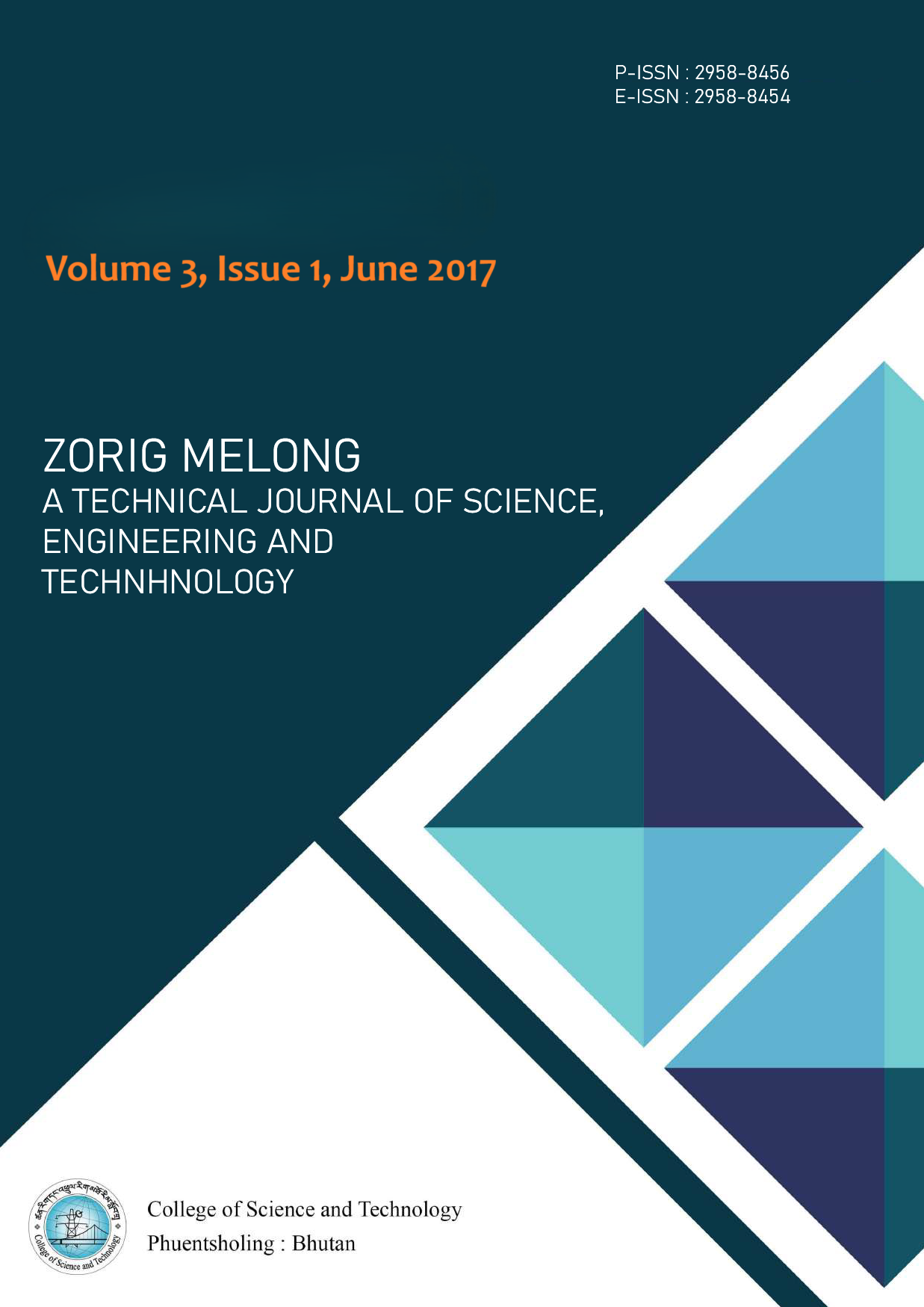Energy Optimization Simulation on a Building Model in CST
DOI:
https://doi.org/10.17102/zmv3.i1.007Keywords:
Net-zero energy model, Passive design, Renewable energy, Energy optimization, BeOpt, VELUX, CoolVent, CO₂ emission reductionAbstract
The study was conducted to develop a net-zero energy model for the College of Science and Technology. Among the many other parameters in the model, harnessing renewable energy potential to reduce waste and environmental damage was used as one of the key parameters to ensure safe and sustainable energy use in the building. The paper describes the energy optimization simulation using passive design strategies to maximize the building's energy performance and reduce operational energy consumption. The site data and building plan were analyzed for ventilation, daylighting, and building envelope design. BeOpt was utilized for energy optimization of the building envelope, while VELUX and CoolVent were employed for daylighting and ventilation analysis of the building. The analysis with BeOpt indicated that the proposed plan could achieve a 33% reduction in overall energy consumption and result in a 2.18 metric tons reduction in CO₂ emissions.





